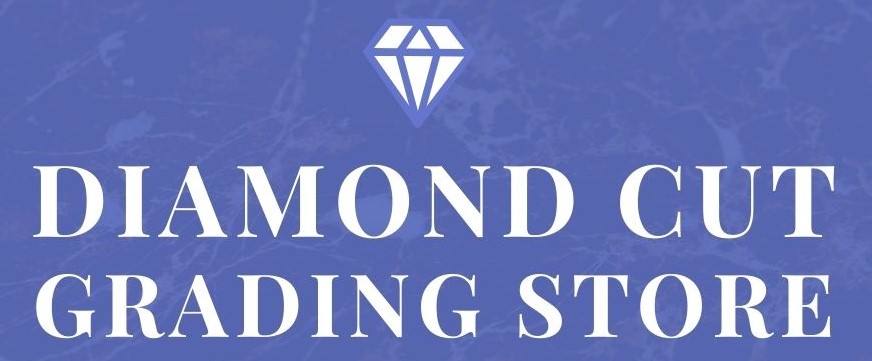Styles, fashion, finances, incomes, expenses, priorities all have undergone great changes over the past 10 years for nearly all of us. While life is still good here compared to most of the rest of the world, it may be now that jewelry sitting in a hiding place, a safe or a bank vault needs to come out into the market and to be sold. Every buyer tells you they are the biggest and the best, but consumers really do not have much of a clue about selling their jewelry properly. Help is here if you want to do the necessary job as well as you can.
When you want to sell jewelry you have owned or inherited most of you will hardly know where or how to start. You probably do not know the liquidation value of your items even if you have current Insurance appraisals. Most folks don’t even understand that insurance appraisals are not good indicators of what a consumer can sell their jewelry for. So many consumers falsely believe that whatever the item was appraised for insurance coverage that a dealer would be willing to pay such a retail price. Folks, it just isn’t so. When you want to sell jewelry and be paid upon delivery, a dealer will pay a fraction of the retail value even for fantastic and fine items. Items that are obsolete, damaged or out of fashion generally bring scrap value with very little for small diamonds and nearly zero for most common colored gems. You can’t sell a home for cash on any given day and get the full market value from a buyer. You can’t do it with jewelry, either.
Consignment of jewelry to a retail store is not the way to get paid with any speed or security. Do you know the jeweler well enough to leave the items with nothing but a receipt? How long will it take? Will the items ever sell? How and when might you be paid? Consignment to a well-known auction gallery is safer, but hardly the way to getting more money than in an outright, fair sale. Examine closely the long time it takes, along with all the associated costs charged to you and to whoever is the buyer. You’ll find the auction house takes a large share of the value as their commission. That’s money you will never see. Yes, the world’s finest and largest jewels sell at fabulous auctions, but jewelry belonging to members of the general public rarely rise to those world class levels of interest.
While I no longer actively buy jewelry, I have had 48 years of experience with buying and estate jewelry. I know how to help people understand how much they might obtain, how much to ask, how to hear what a buyer is saying, how to understand what the buyer is not saying, and to understand a question about your idea of value versus an authentic cash offer for purchase.
My long time associate, Steven Schiffman, owns a one-time subsidiary firm of mine named D. Atlas Estates, LLC. He is not an appraiser, but is a highly experienced and current buyer of estate jewelry. For many years we travelled together to buy estate jewelry. We still often work in consort with one another, but we are independent. Steven will make valid, competitive and fair offers for your jewelry, as many other dealers also claim to do. Not all dealers are the same. Not all try to be fair. Finding a legitimate buyer is a very important part of selling jewelry properly. Consumers must be prepared to use due diligence and patience in searching for what they will find to be the best price they can obtain. There is no shortcut to getting a best outcome. A consignment of jewelry to Mr. Schiffman is usually for only a two to five days, not for an unknown period of time. His goal and yours is to maximize what you will be able to get from agreeing to finalize a sale. Steven Schiffman may be reached at 610-245-3100. www.datlasestates.com
My services at D. Atlas & Co., Inc. are for those of you who would like to better understand the value of what they have and how to handle dealer transactions in a professional way. Sometimes our services include creation of a sales tool appraisal and advice about retail selling that might help achieve a larger share of the value trapped in your items. While I charge a fee for my time, buyers generally do not charge, but offer what they often term a “free appraisal”. Free often is worth exactly that amount, so regardless of the terminology, please understand there is likely a large difference between any buyer’s “free appraisal” and the appraisal and common sense advice D. Atlas & Co., Inc. is able and willing provide. Advisory services provided by David Atlas are available at 610-245-3101. Right here at: www.datlas.com
Our coordinated phone numbers indicate how closely our two firms still operate. Both of us strive keep our objectivity and provide the best services we can to all sellers.

